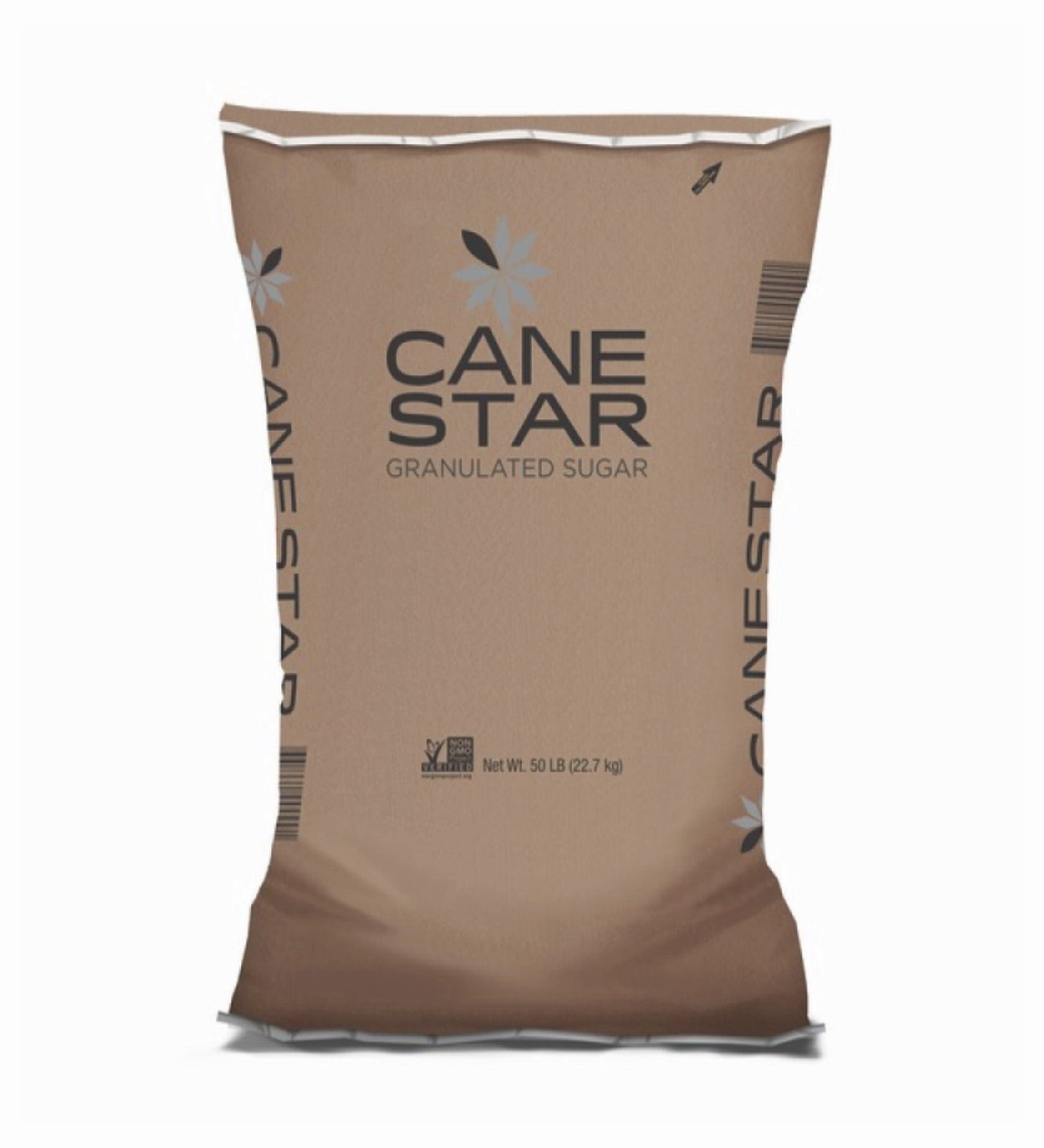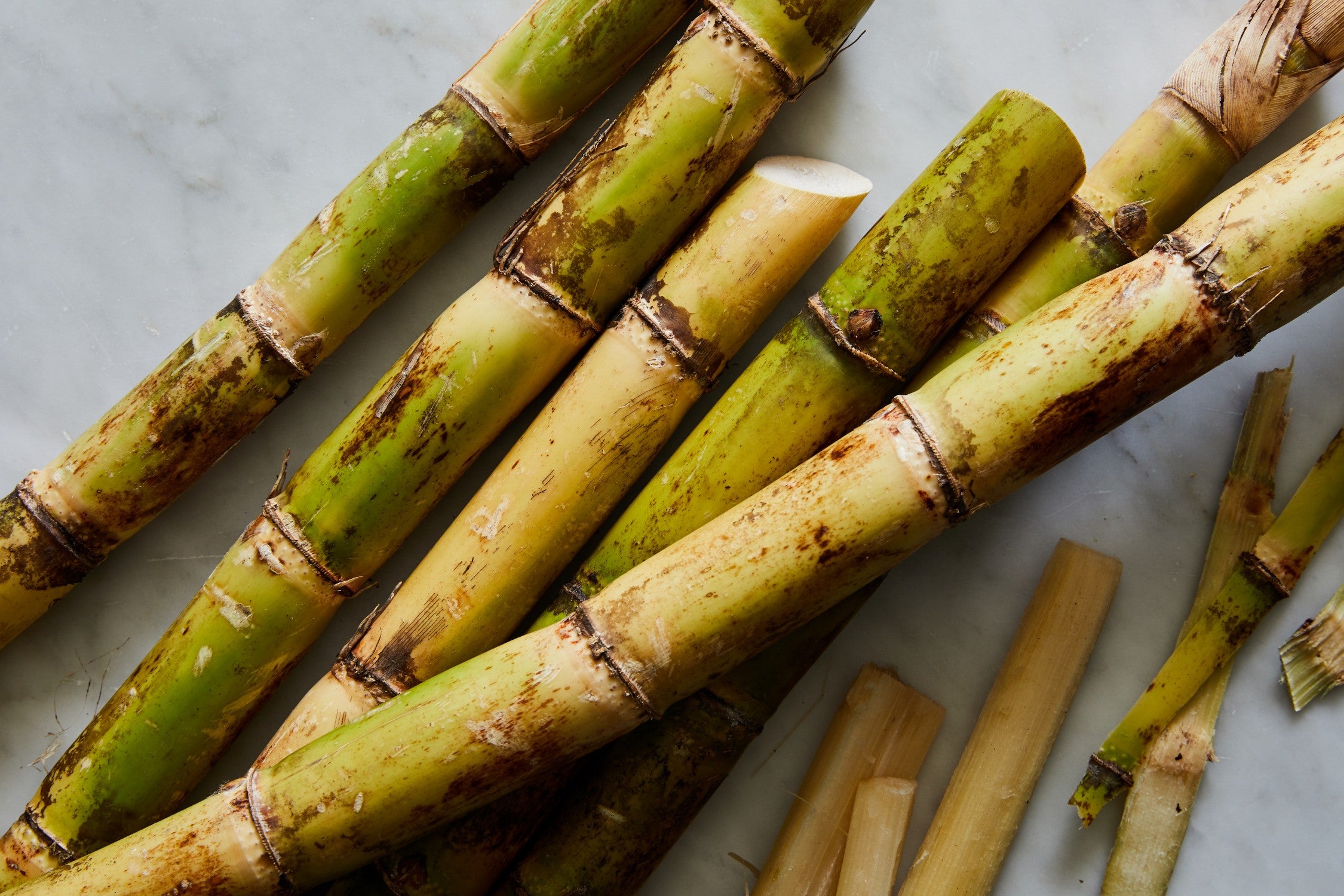Cane Sugar Processing: From Field to Table-- A Step-by-Step Overview
Cane Sugar Processing: From Field to Table-- A Step-by-Step Overview
Blog Article
A Thorough Guide to the Ecological Impact and Sustainability Practices in Cane Sugar Processing
The ecological effect of walking cane sugar processing presents a complicated range of obstacles that warrant careful assessment. From soil deterioration and extreme water use to the carbon impact connected with growing and production, the consequences of typical methods are far-reaching. In comparison, the adoption of ingenious sustainability procedures offers a pathway toward a lot more liable production methods. Comprehending the interaction in between these concerns is essential for stakeholders in the market. What certain techniques can be implemented to strike an equilibrium in between performance and ecological stewardship? The responses lie in a better check out both the obstacles and possible remedies.
Review of Walking Stick Sugar Processing
Cane sugar processing includes a series of organized actions that transform sugarcane right into polished sugar. At first, harvested sugarcane is transferred to processing centers, where it goes through cleaning to get rid of soil and debris. Following this, the walking cane is crushed to extract juice, which is then clarified by getting rid of pollutants through home heating and the addition of lime.
The made clear juice undertakes evaporation, where water is removed to focus the sugar content. This focused syrup is then taken shape through air conditioning, enabling sugar crystals to develop. These crystals are divided from the staying syrup making use of centrifugation, leading to raw sugar. To achieve refined sugar, the raw item undergoes additional filtration processes, which might include filtering and washing to remove continuing to be impurities and shade.
The last item is then dried and packaged for circulation. Throughout this entire process, keeping efficiency and quality assurance is necessary to make certain the sugar meets market criteria. Each action in cane sugar processing not only adds to the last item yet also has implications for source usage and waste generation, establishing the stage for conversations on sustainability and ecological influences connected with sugar production.
Ecological Challenges of Production
The production of walking stick sugar provides numerous substantial ecological challenges that warrant attention. One main worry is the extensive use agrochemicals, including fertilizers and pesticides, which can lead to dirt destruction, biodiversity loss, and contamination of neighborhood water resources. The drainage from sugarcane areas often carries these chemicals into neighboring ecosystems, disrupting aquatic life and influencing the wellness of areas reliant on these water bodies.
One more difficulty is the high energy intake linked with sugarcane processing. The boiling and refining stages require significant warmth, mostly produced by burning fossil gas, adding to greenhouse gas emissions. Additionally, the large land location required for sugarcane cultivation can bring about logging and environment damage, further exacerbating environment modification and harmful wild animals.
Moreover, the labor techniques in some regions raise moral worries, as workers might deal with poor working problems and inadequate incomes. This situation often bolsters a cycle of poverty in neighborhood neighborhoods. Cane Sugar Processing. Resolving these ecological challenges is critical for developing more lasting practices in walking stick sugar manufacturing, eventually profiting both the environment and the areas involved in this industry
Water and Land Usage Influence
Water resources and land use are crucial parts in the cane sugar market that considerably influence the atmosphere. The farming of sugarcane needs significant water input, with estimates suggesting that it can eat up to 2,000 liters of water per kg of sugar created. This intensive use water commonly leads to deficiency of neighborhood water sources, affecting not just the sugarcane plantations however likewise bordering communities and neighborhoods that count on the very same water resources for farming and residential use.

Moreover, land usage for sugarcane farming can bring about logging and the conversion of all-natural environments right into monoculture plantations. This method reduces biodiversity, interrupts regional environments, and adds to dirt deterioration. The growth of great site sugarcane fields typically trespasses on important agricultural land, creating competitors for sources in between food and biofuel production.
Sustainable practices, such as optimizing watering methods and applying crop turning, are necessary to minimize these influences. By embracing a lot more efficient water use and land management techniques, the walking stick sugar sector can decrease its eco-friendly impact, guaranteeing an equilibrium in between farming performance and environmental preservation.
Greenhouse Gas Emissions
Greenhouse gas emissions represent a considerable environmental worry within the walking stick sugar processing sector, especially as agricultural methods expand to satisfy global need. The cultivation of sugarcane, a plant that flourishes in exotic climates, counts heavily on artificial fertilizers and pesticides, which contribute to laughing gas emissions. Furthermore, land-use changes, including logging for new sugarcane plantations, release co2 stored in plants and soil.
Throughout handling, power intake is an additional significant resource of greenhouse gas discharges - Cane Sugar Processing. Lots of sugar mills make use of nonrenewable fuel sources to power equipment and create warmth, causing substantial carbon impacts. In addition, the transport of raw sugarcane and ended up products includes layers of discharges via fuel combustion in vehicles
The advancing impact of these exhausts exacerbates environment modification, presenting dangers not only to the environment but additionally to the lasting feasibility of the industry. Stakeholders have to identify the immediate requirement for extensive strategies that resolve these exhausts. This includes assessing current farming methods, refining approaches, and transportation systems to identify locations for enhancement and reduction. Resolving greenhouse gas discharges is necessary for promoting a more lasting walking cane sugar sector in an altering climate.

Sustainable Practices and Innovations
Lasting techniques and developments are significantly essential in the cane sugar processing market as stakeholders look for to minimize ecological influences while preserving performance. One substantial improvement is the implementation of integrated plant administration, which maximizes resource usage by combining soil management, parasite control, and crop rotation methods. This strategy improves return while reducing chemical inputs and protecting soil health.
In addition, the adoption of renewable energy resources, such as biomass from sugarcane residues, has gained grip - Cane Sugar Processing. By transforming waste items right into power, refining facilities can reduce their reliance on nonrenewable fuel sources, consequently reducing greenhouse gas discharges
Water monitoring practices have actually also seen improvements via the recycling and reusing of water in handling plants, substantially click this link lowering freshwater consumption. Developments in innovation, such as accuracy farming, make it possible for farmers to check plant health and wellness and source usage more efficiently, making sure sustainable growing techniques.
Furthermore, qualification programs like Fair Trade and Rainforest Partnership motivate environmentally more tips here responsible farming practices and promote social equity within the supply chain. By accepting these sustainable practices and developments, the cane sugar processing market can enhance its strength and add positively to environmental stewardship.
Conclusion
The environmental effect of walking cane sugar handling presents significant obstacles, consisting of dirt deterioration, high water intake, and greenhouse gas exhausts, together with moral concerns connected to labor techniques. Addressing these concerns via lasting techniques, such as incorporated plant management, renewable resource adoption, and water recycling, is important. By promoting ecologically liable and socially fair methods in sugar production, the sector can mitigate its adverse results, guaranteeing a much more lasting future for both neighborhoods and environments entailed in this industry.
Walking stick sugar handling entails a collection of systematic steps that transform sugarcane right into polished sugar. Each step in cane sugar handling not only adds to the last item however also has effects for source usage and waste generation, establishing the phase for conversations on sustainability and environmental impacts associated with sugar manufacturing.
Greenhouse gas exhausts represent a considerable environmental worry within the walking stick sugar handling industry, particularly as farming techniques increase to fulfill global need.Lasting techniques and advancements are progressively essential in the walking cane sugar processing sector as stakeholders seek to minimize environmental influences while keeping efficiency.The ecological effect of cane sugar handling offers significant difficulties, consisting of soil deterioration, high water consumption, and greenhouse gas discharges, alongside moral problems connected to labor methods.
Report this page